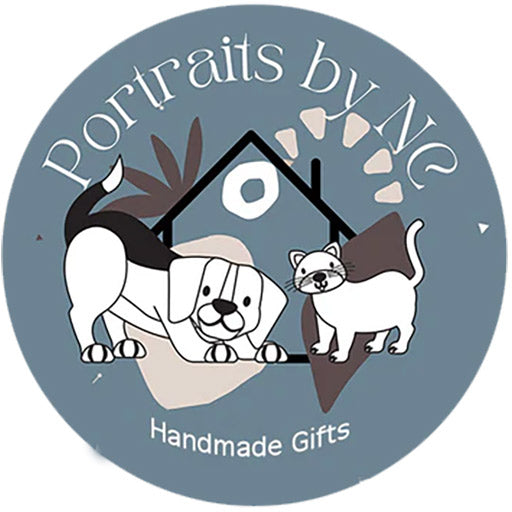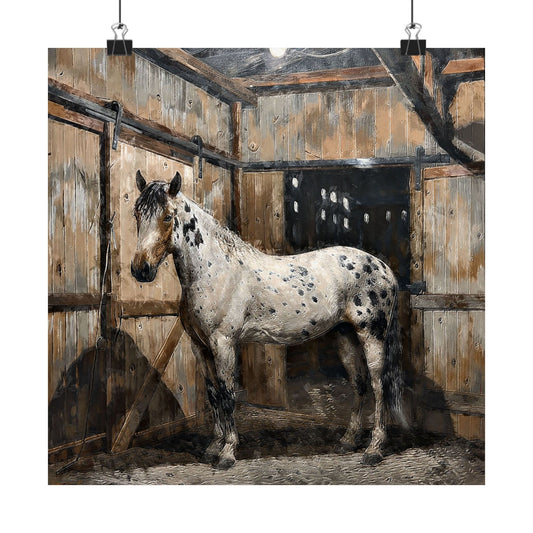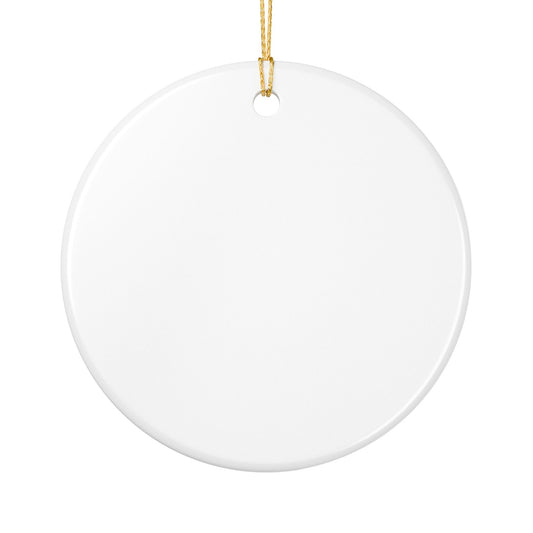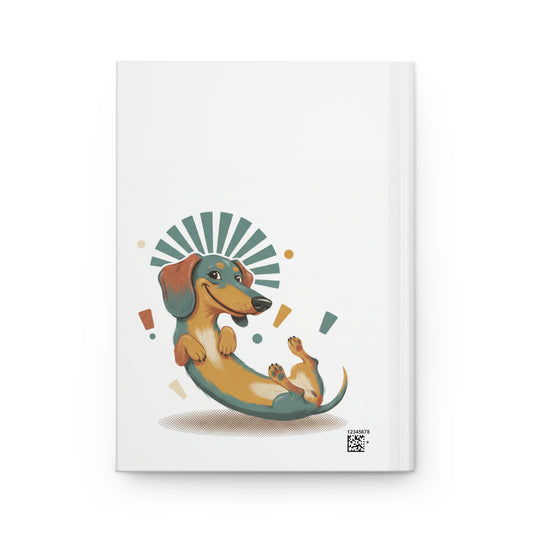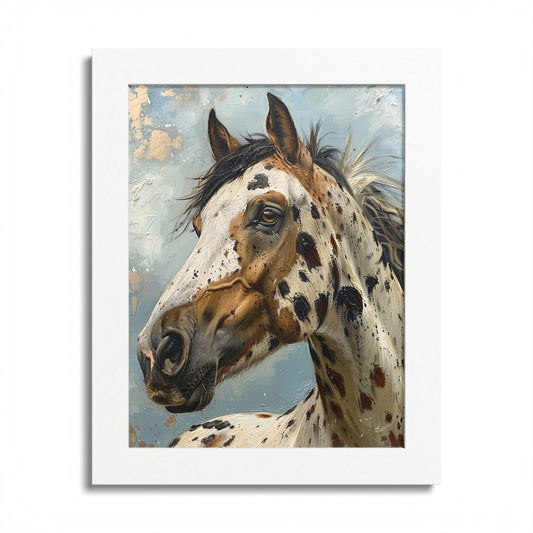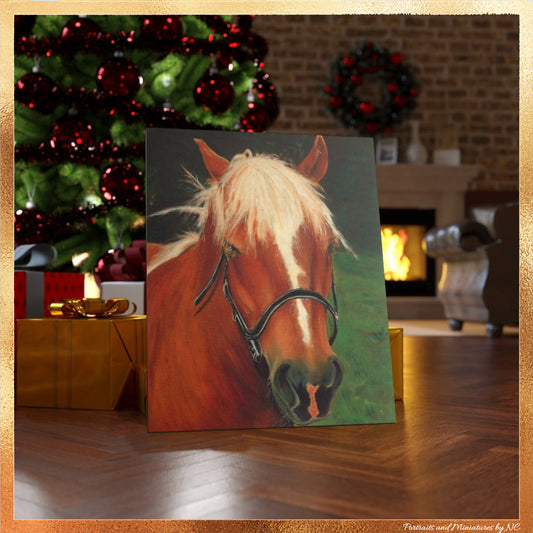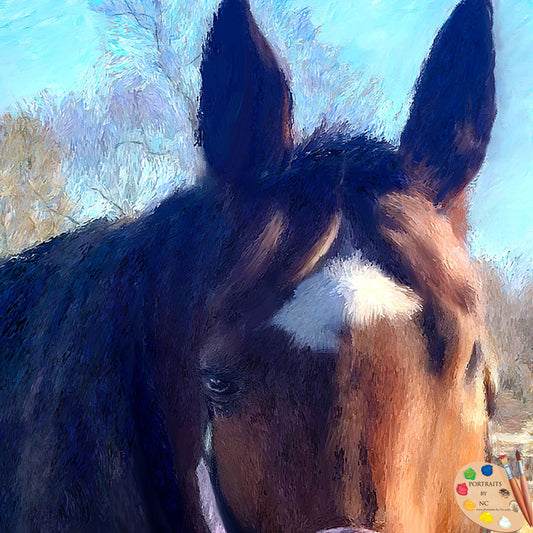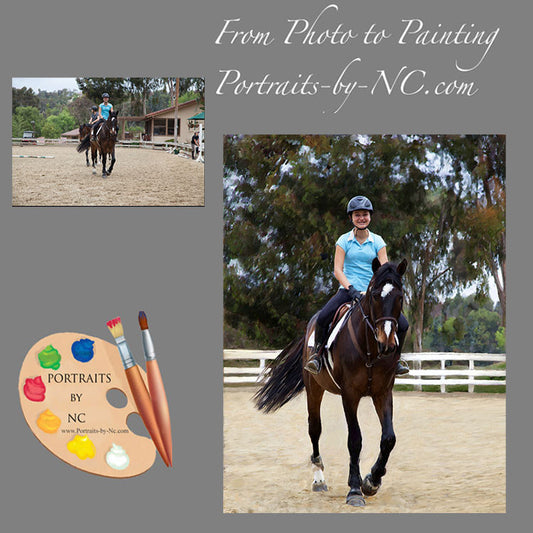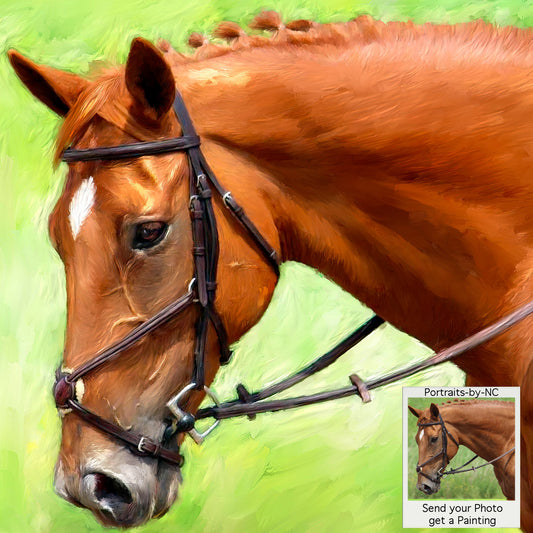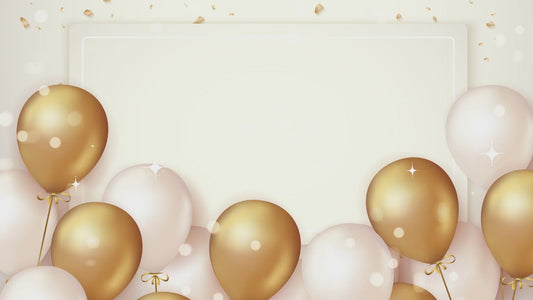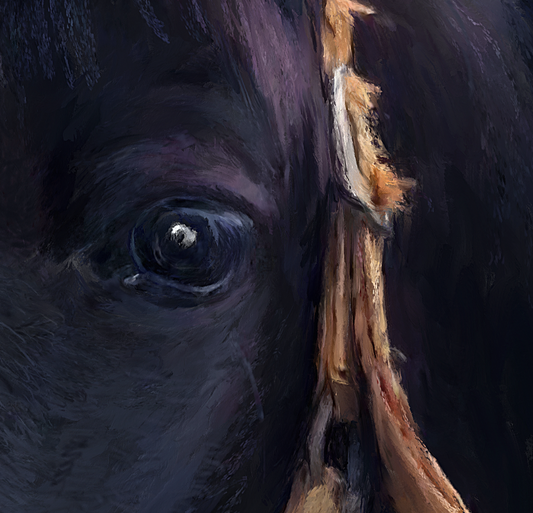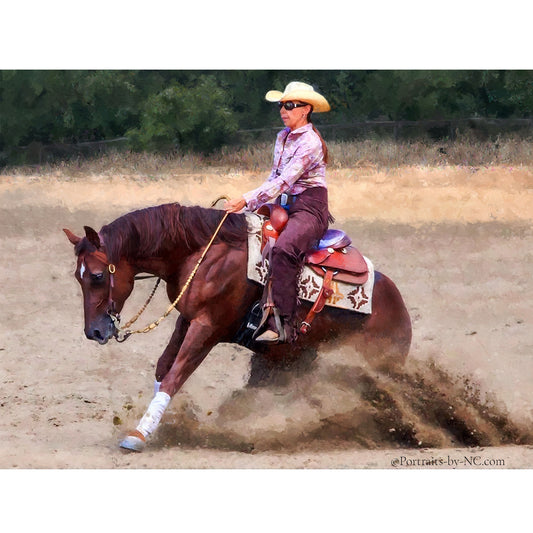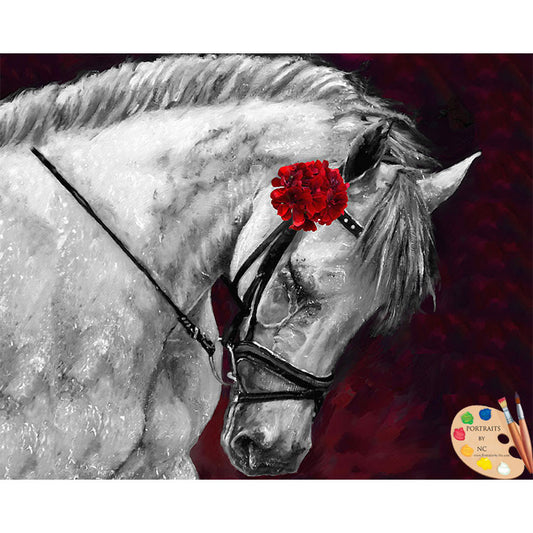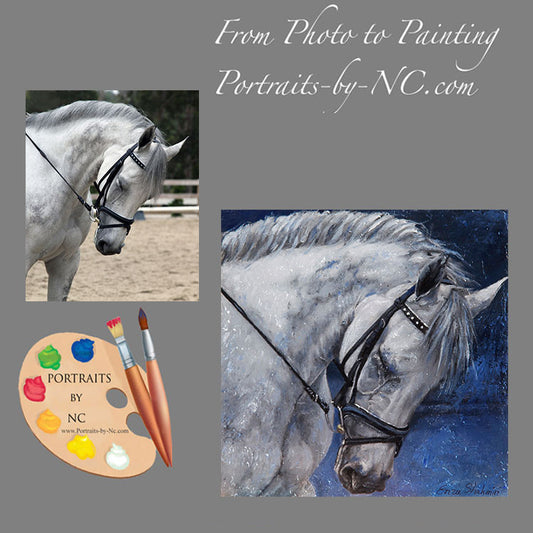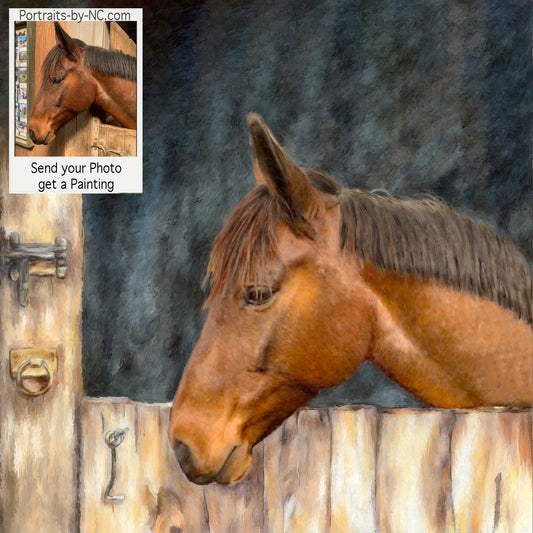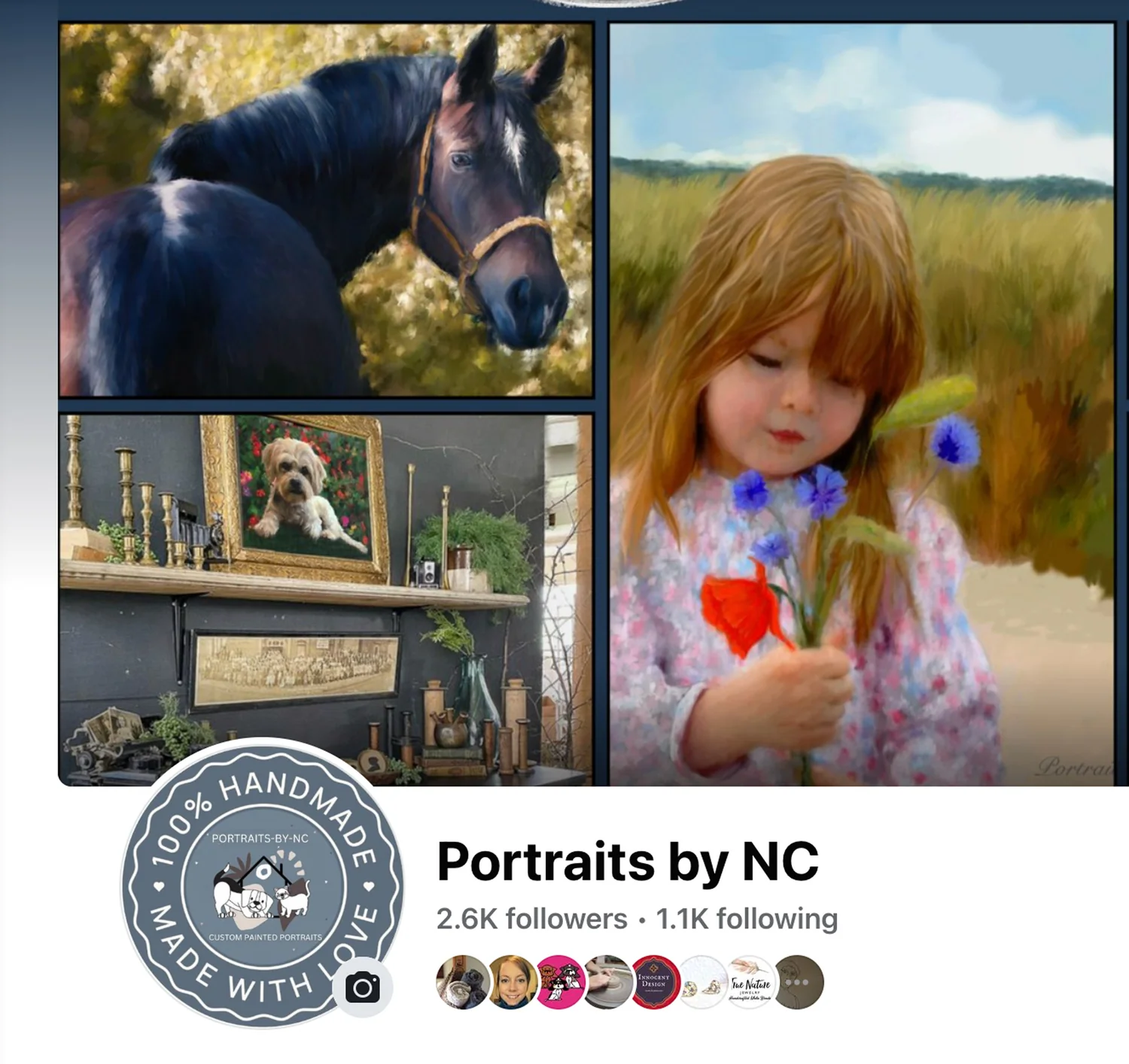The Power of Color
Share

An artist makes daily decisions what colors to use in order to convey a special mood. These color choices can also be made in a garden in order to enhance or create a certain mood in a given area.
Red Shades
Reds evoke passion and demand attention. If you are planning to sell your house, plant red flowers in the front yard to attract attention. Plant celosia, snapdragon and hollyhock close to an outdoor eating area. Experiments have shown that red incites conversation and can stimulate taste buds.

Yellow Shades
Yellow is also an eye catching color. Just think of the "caution" street signs. If you have steps that are easily overlooked , you might alert your guests by planting buttercups, coreopsis, daylilies, marigolds or sunflowers.

Pink Shades
Pinks are a romantic and soothing color. Planting bleeding heart, cosmos and periwinkle can contribute to a relaxing space.

White
White is clean and tidy and the last color to fade from sight when darkness falls. It's a good color to border pathways. Consider planting baby's breath, bloodroot, globe candytufyt and sweet alyssum.

Green Shades
I use green as a backdrop for all my other colorful blooms. Midtones and deep shades create a richness, while light green or yellow green add to a more casual appearance. Green plants can be used to add interesting texture. Green is also believed to relieve eyestrain. In the past, engravers often kept a green gemstone nearby to look at when their eyes needed a break. I just look outside my studio window at a large section of grass.

Blue Shades
Blues add a sense of calm or coolness. I have found that in a garden filled with all sorts of different colors, a section entirely devoted to blue is a welcoming retrieve. Blue also recedes from sight and can make a narrow garden seem wider. Ageratum, asters, bluebells, browallia, dephiniums, grape hyacinth, hydrangeas and salvia are all great choices.
